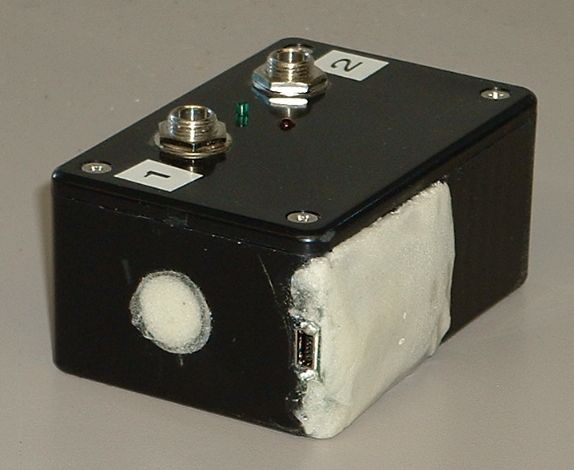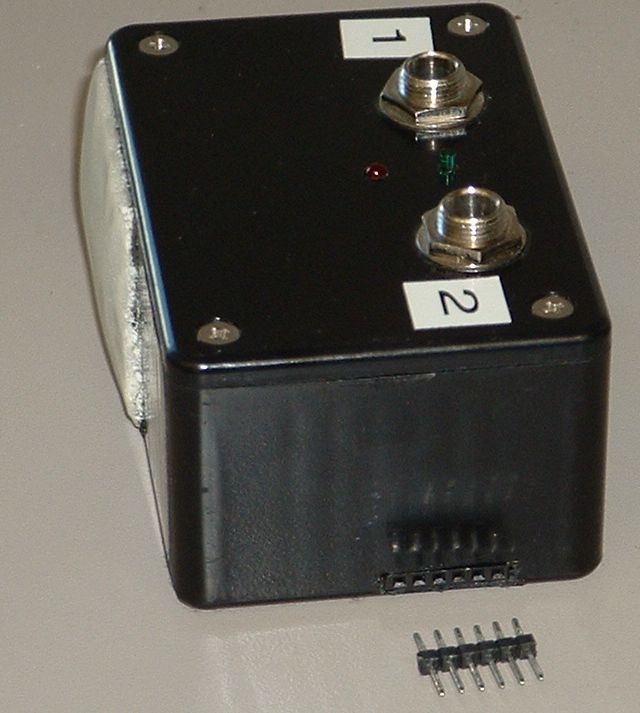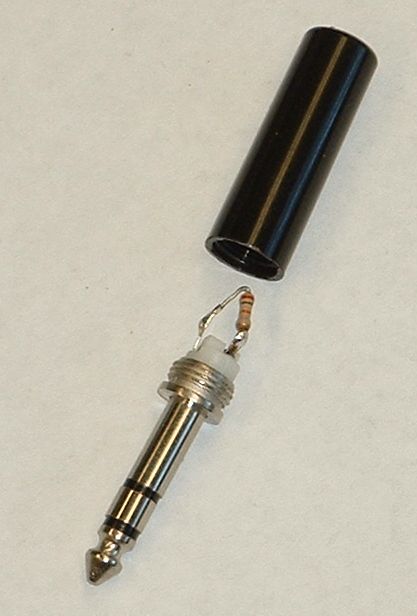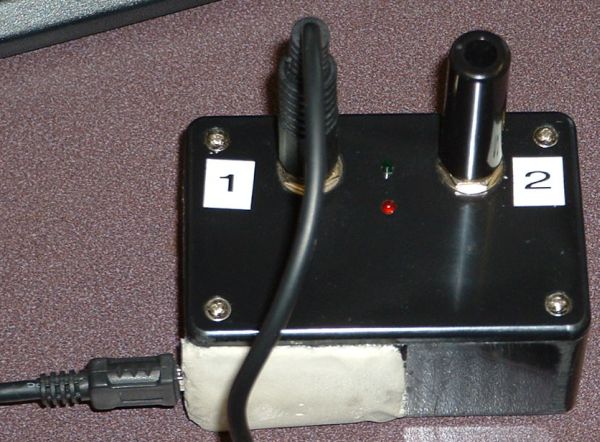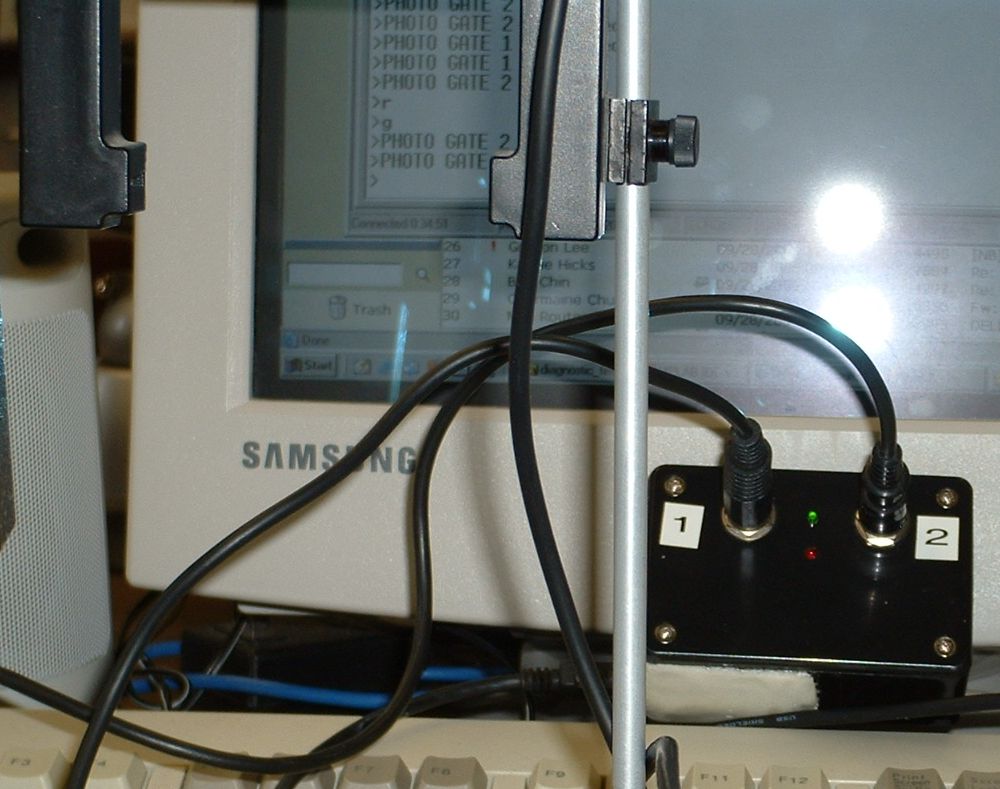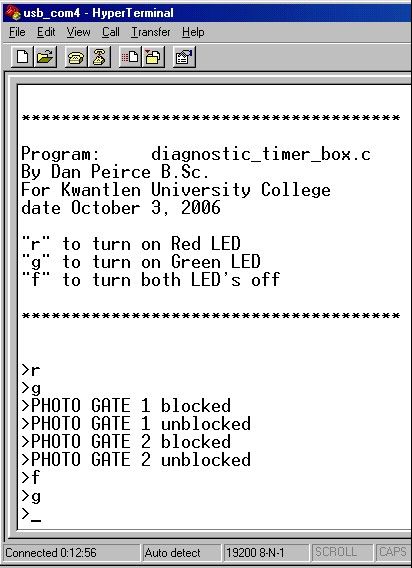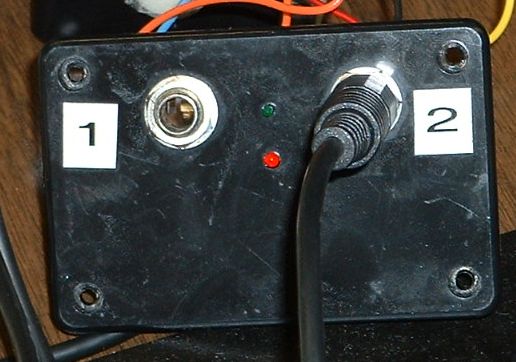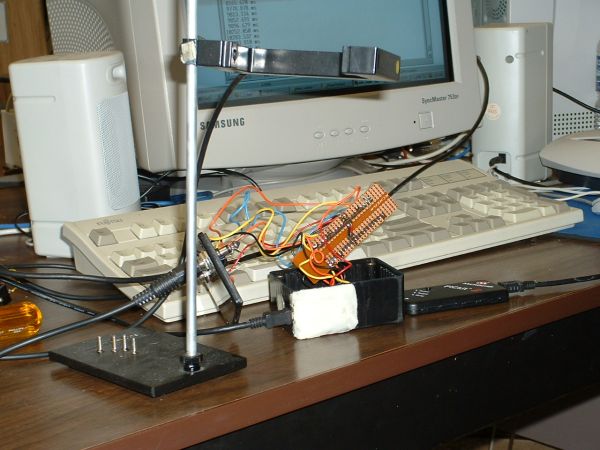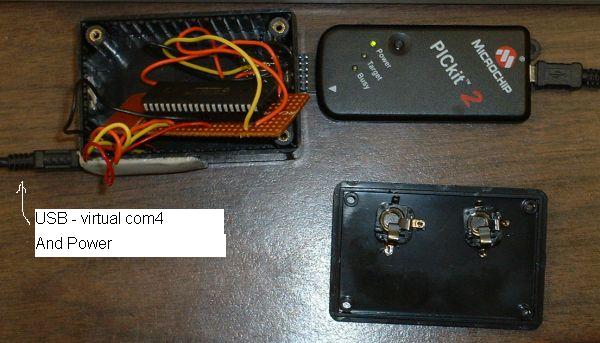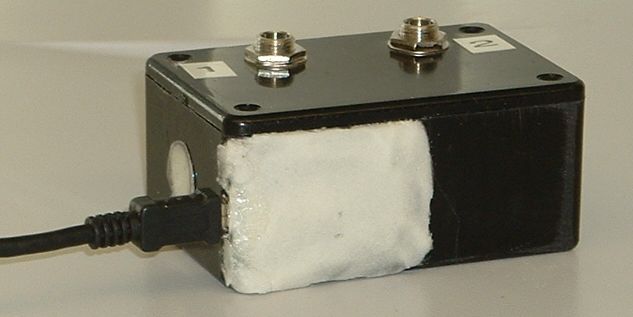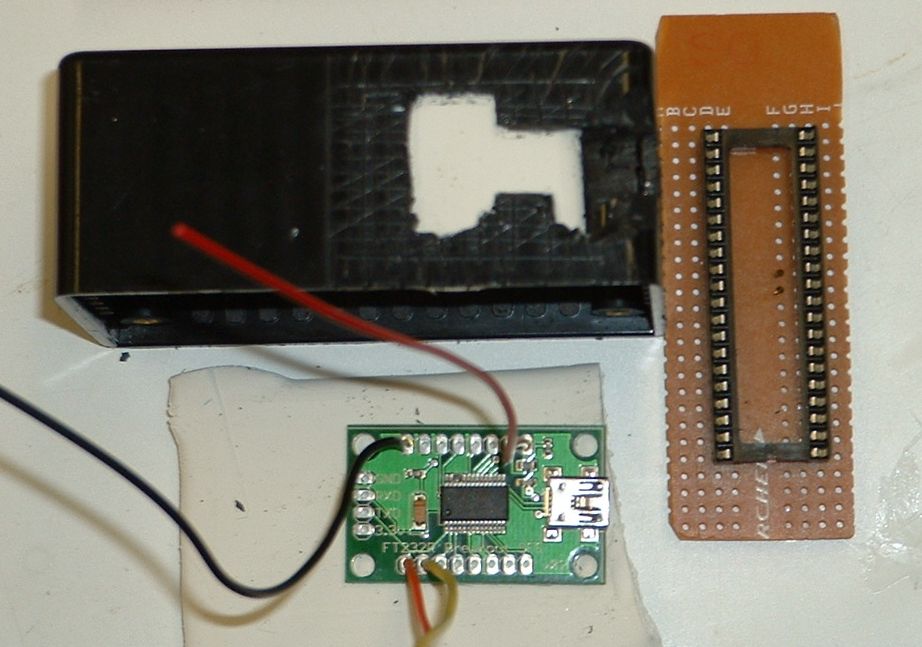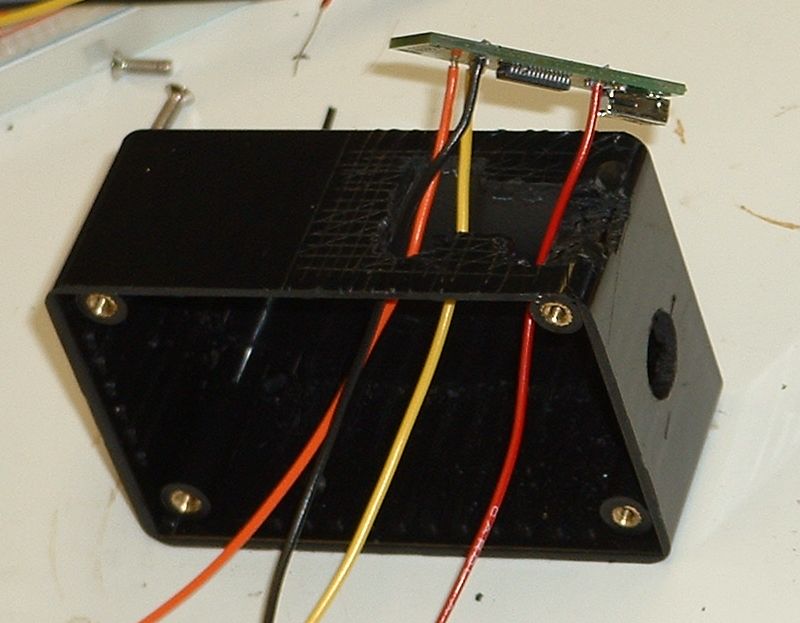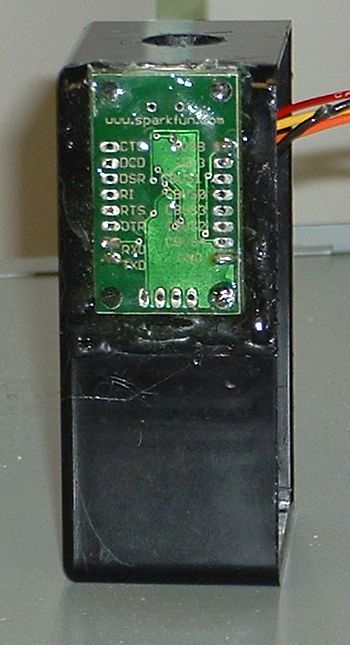| The oscillator module is working at 32 MHz.
To get the PIC programmed I had to program it without attaching the
oscillator first.
Since the oscilator it self is self contained it does work on a bread
board. This is good. We could use these in labs too.
The frequency looks rock solid which is what we are wanting in a timer.
I used a variation of the flash program to toggle D0 a bunch of times
and then sit for a 0.5 second delay (makes triggering the digital scope
easy).
If we were going to mass produce this it would be more cost effective
to go with a crystal but as it is I think the crystal oscilator (in a package)
is going to save us a lot of trouble so it is worth the extra cost to us.
$2 to $3 each rather than $0.60 each.
The circuit is
+5 to pin 1 and pin 8
gnd to pin 4
output from crystal osc on pin 5 (goes to pin 13 of PIC).
Used Osc = EC // (external clock).
The osc freq can be seen in the lower right as 31.9998 MHz
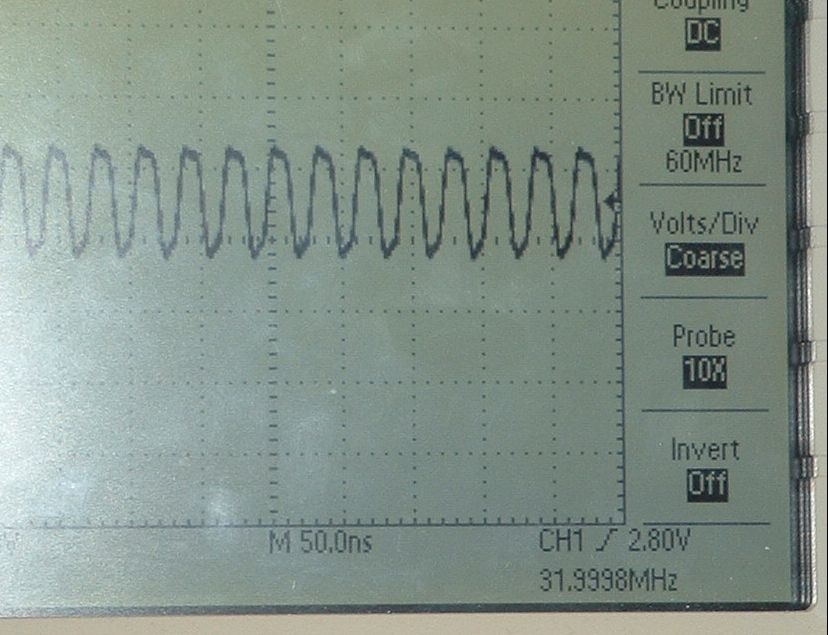
The OSC/4 frequency is 7.99994 MHz measured
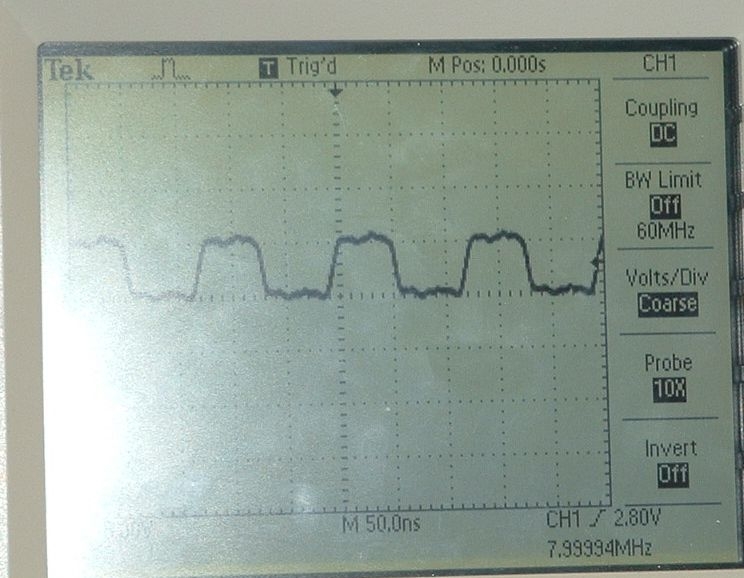
look at the delta time between the cursors the instruction rate is
125.0 ns measured
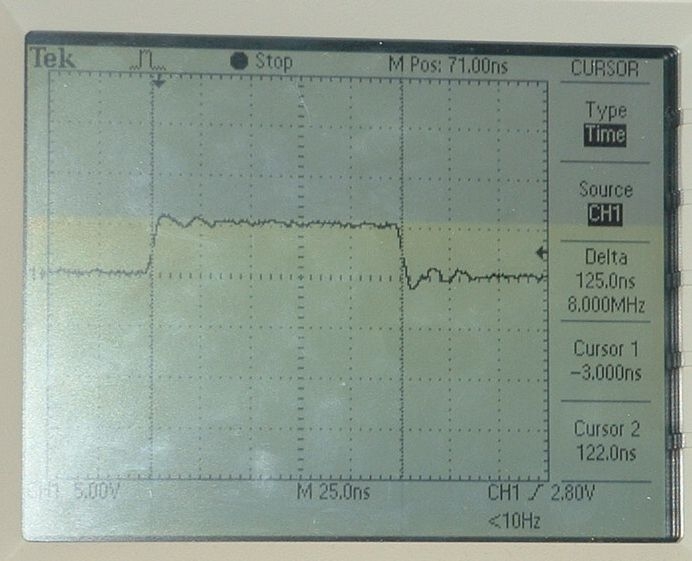 |
